STRATEGY GUIDE: What are the possible race strategies for the 2023 Sao Paulo Grand Prix?

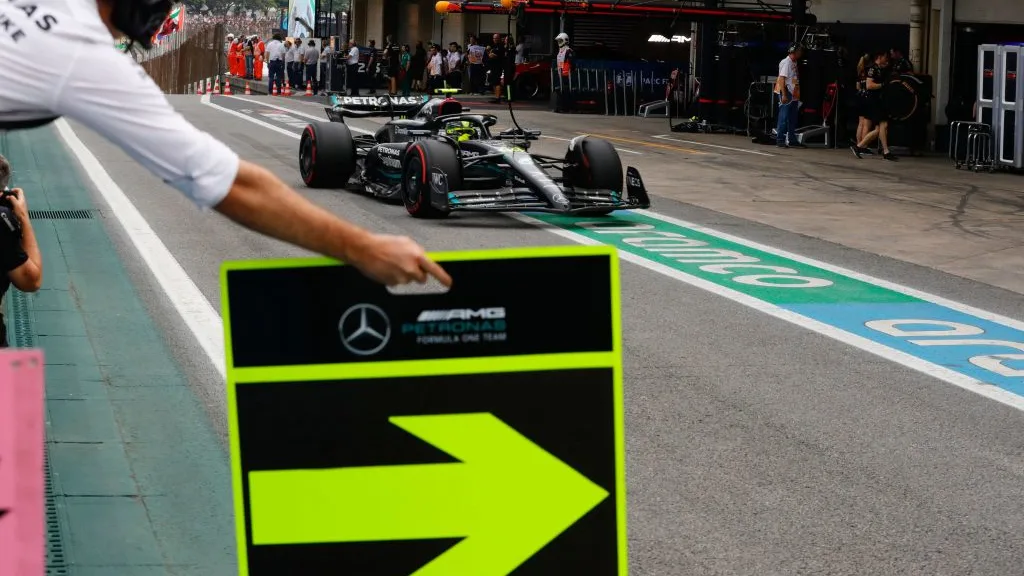
The pole-sitter didn’t win the Sprint and tyre degradation was a major factor throughout Saturday’s 24 lap race, which has left the teams with a challenge ahead at Interlagos. So here are a few of the strategic options that are likely to be open to them when the lights go out for the Grand Prix in Sao Paulo…
What’s the quickest strategy?
If you watched the Sprint you probably won’t be surprised to learn that this is a race that’s likely to see a lot of pit stops. Although the majority of drivers started on the soft compound of tyre, they were all having to do plenty of management as they kept other sets for Sunday.
Next Up
Related Articles
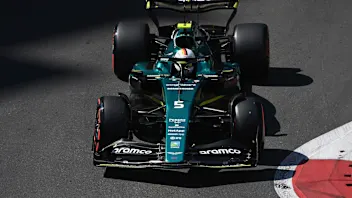 11 times F1 drivers took another driver’s car number
11 times F1 drivers took another driver’s car number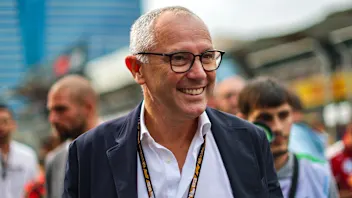 F1 CEO Domenicali reflects on 'phenomenal' 2025
F1 CEO Domenicali reflects on 'phenomenal' 2025.webp) End Of Year Reports 2025Alpine’s best and worst moments from 2025
End Of Year Reports 2025Alpine’s best and worst moments from 2025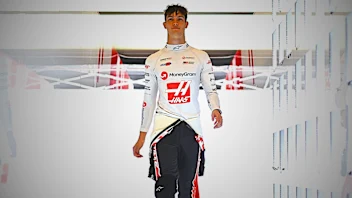 ExclusiveHow Bearman went from super-sub to star rookie in 2025
ExclusiveHow Bearman went from super-sub to star rookie in 2025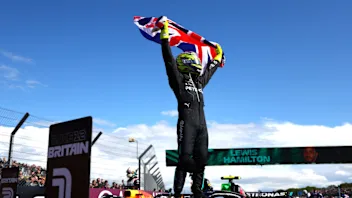 Quiz10 quiz questions on British F1 World Champions
Quiz10 quiz questions on British F1 World Champions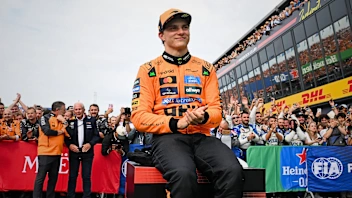 Hinchcliffe'History shows Piastri will be even better in 2026'
Hinchcliffe'History shows Piastri will be even better in 2026'
